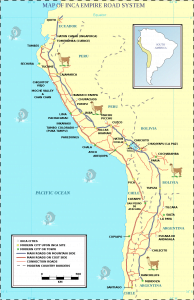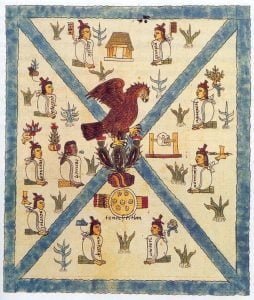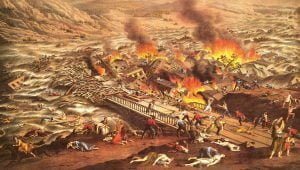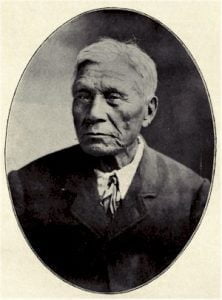1850 Gazetteer of Bickleigh England
BICKLEIGH is a small village on the western side of the river Plym, in the picturesque vale to which it gives name, six miles N. by E. of Plymouth. Its parish contains 469 souls, and 2980 acres of land, including the village of Jump, and many scattered houses. Bickleigh Vale is much reorted to by anglers and the lovers of woodland scenery, who find excellent entertainment at Maristow Inn. The Plymouth and Devonport leats, and Dartmoor Railway, cross this parish; and at Jump are two annual fairs, on the third Wednesdays in April and September. The manor was long held … Read more












